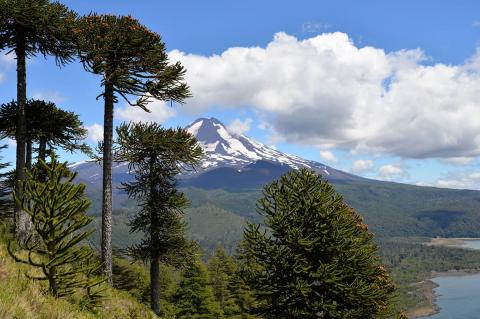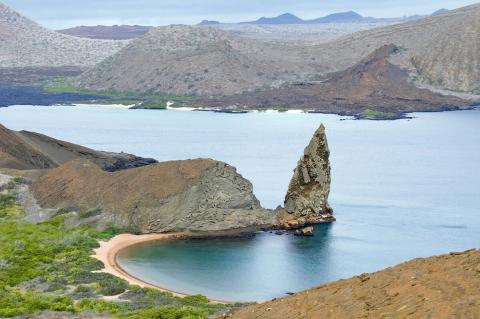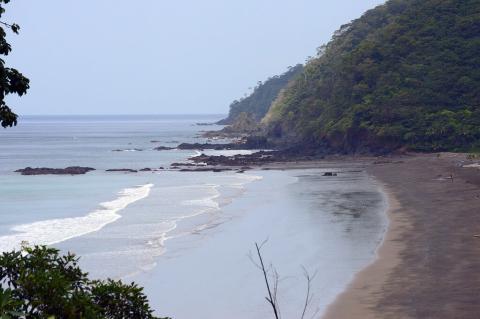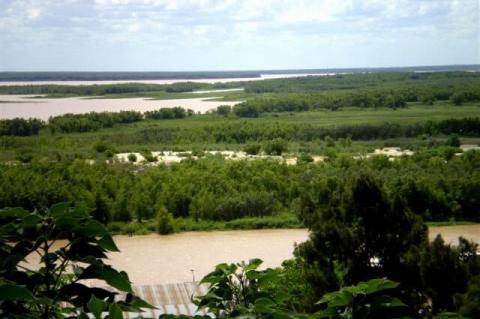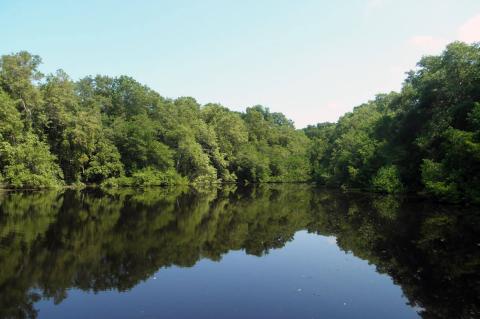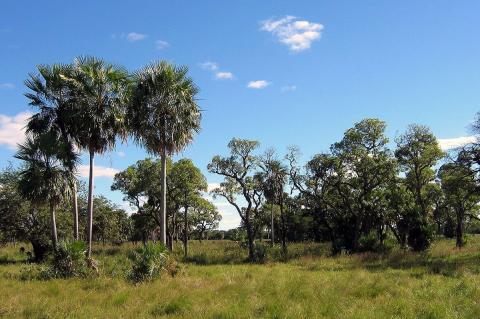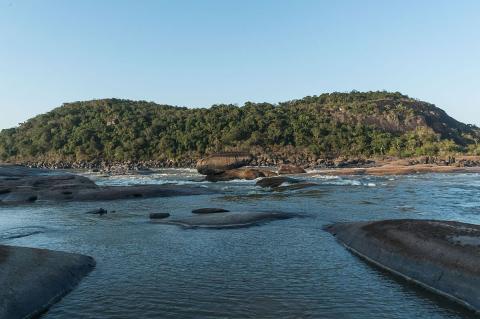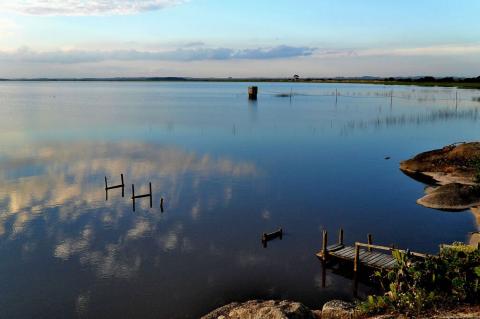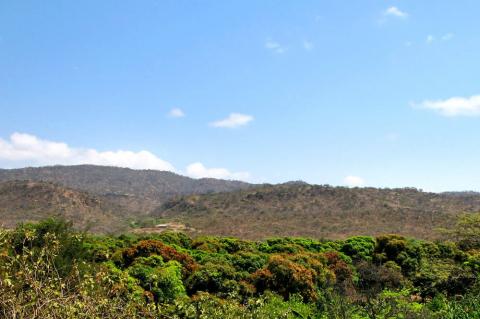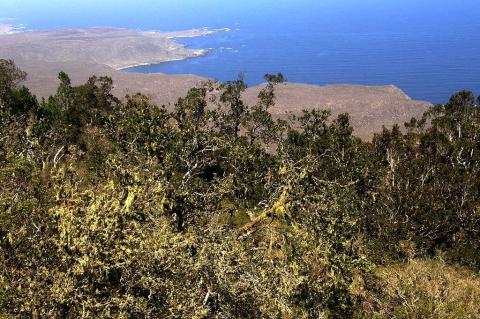Conguillío National Park and Araucarias Biosphere Reserve: A Volcanic Wonderland of Araucaria Forests
Deep in the heart of Chile's La Araucanía Region, where the majestic Andes meet the temperate rainforests of the south, lies a natural treasure trove that has captured the imagination of explorers and scientists alike. The Conguillío National Park and the Araucarias Biosphere Reserve form a breathtaking landscape of volcanic grandeur, ancient forests, and a rich tapestry of biodiversity that is truly unique to this corner of the world.
